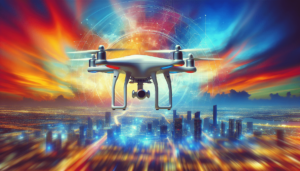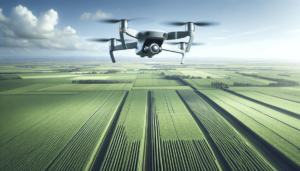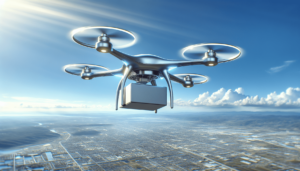Have you ever gazed upward at a drone whirring overhead and wondered, “What exactly is inside that flying gadget?” Drones, also known as Unmanned Aerial Vehicles (UAVs), have captured the imagination of hobbyists, technophiles, and commercial entities alike. Without diving into tech jargon, I’ll guide you through the inner workings of these marvels of modern technology.
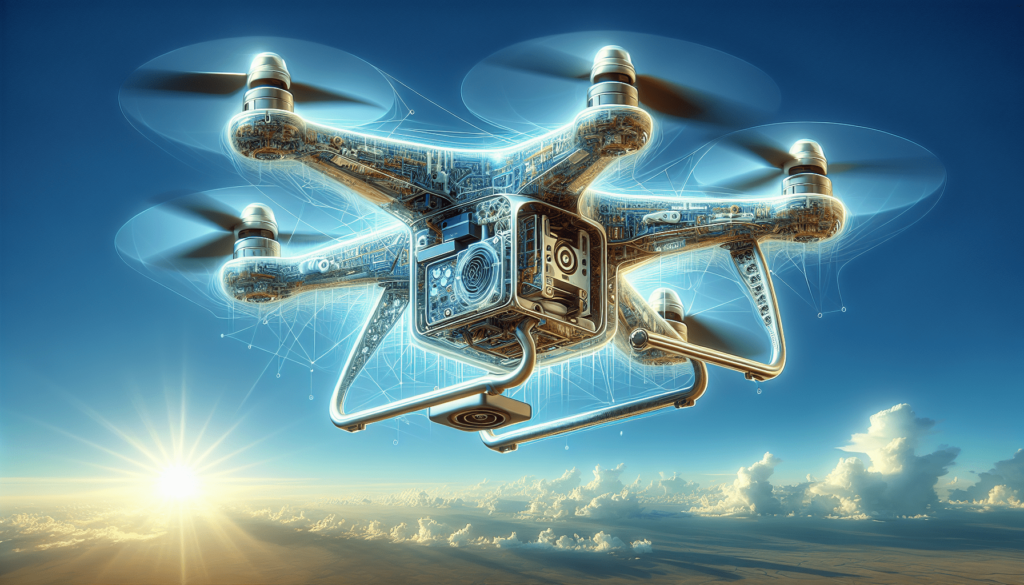
Introduction: The Allure of Drones
Drones are more than just a burgeoning technology; they represent a new era of aerial exploration and innovation. From delivering packages to capturing breathtaking aerial footage, drones have made their mark across various industries. However, for many, the idea of what lies within these compact flying machines remains as abstract as a mosaic. Let us unwrap the intricacies of drone components in a manner that is both enlightening and accessible.
The Shell of the Sky: Drone Framework and Structure
The framework of a drone is its core, providing the necessary support for all other components. It’s akin to a skeleton, maintaining the drone’s shape and safeguarding its integral parts.
Materials and Design
Most drones are crafted from lightweight materials such as carbon fiber, plastic composites, or, occasionally, aluminum. These materials offer the requisite balance of strength and minimal weight, allowing for agile maneuvering. The choice of material, however, plays into whether the drone is tailored for commercial use, aerodynamics, or durability.
Types of Structures
Drones usually sport X, H, or V configurations:
- X Configuration: Predominantly found in quadcopters, offering stability and balance.
- H Configuration: Used often in racing drones for better aerodynamics.
- V Configuration: Less common but offers unique flight advantages.
The Importance of Aerodynamics
Drones are designed to reduce drag and maximize efficiency. The sleek design is not merely aesthetic; it significantly enhances performance. The aerodynamics are crucial for prolonged flight time and battery efficiency.
Command Central: Flight Controller
Imagine the flight controller as the brain of the drone. It processes incoming data and controls the various flight parameters to ensure smooth operation.
Functions and Features
The flight controller manages tasks such as stabilization, navigation, and communication with remote controls. Advanced models come with GPS modules and gyroscopes, further bolstering precision and autonomy.
The Software Nerve Center
Open-source platforms like ArduPilot or proprietary software form the nerve center, facilitating features such as autopilot and return-to-home functions. This software increases the drone’s utility by adding features and expanding capabilities.
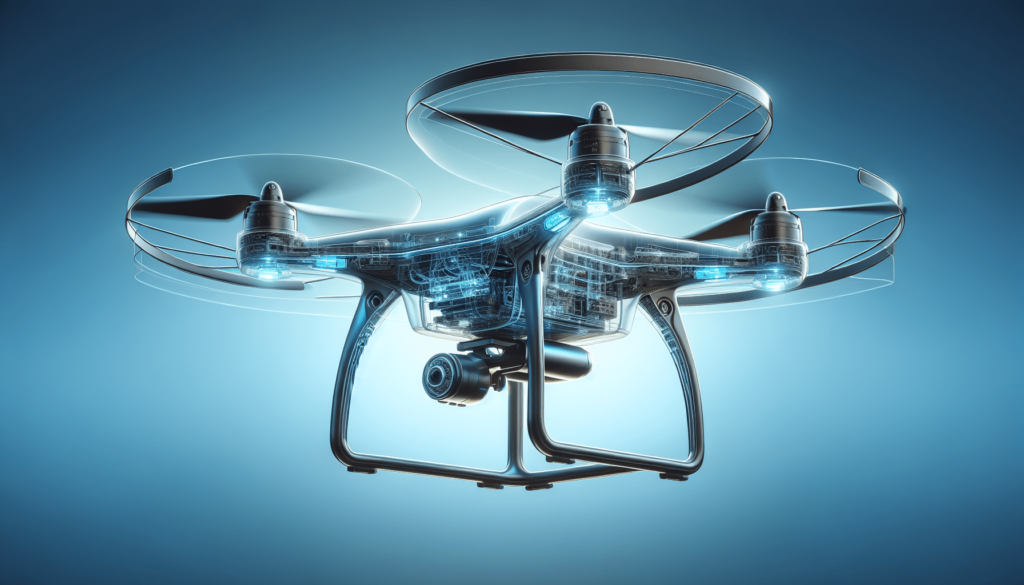
Eyes in the Sky: Camera Systems
A drone’s camera can transform it from a simple flying machine into an eye in the sky, capturing everything below.
Integration and Quality
Cameras vary from basic models to high-definition systems capable of 4K video. Some drones integrate the camera into the body, while others offer compatible mounts for personal attachments.
Stabilization Systems
Gimbals act as the unsung heroes, combating turbulence to deliver steady, professional-looking footage. This ensures a seamless video capture experience and enhances the capability of aerial photography.
Power Surge: The Propulsion System
The propulsion system is a synergy of the drone’s motors, propellers, and electronic speed controls (ESCs).
Motors and Propellers
Drones use either brushed or brushless motors:
- Brushed Motors: Cheaper but less durable, largely found in beginner models.
- Brushless Motors: Efficient and long-lasting, commonly seen in advanced drones.
The propellers, usually fashioned from plastic or carbon fiber, must align with the drone’s size to achieve optimum performance. The design and pitch of the propellers influence lift and speed.
Electronic Speed Controls (ESCs)
ESCs act as the messenger, transmitting signals from the flight controller to the motors. These signals translate into variations in speed and direction, allowing complex maneuvers.
Heartbeat: The Power Source
The battery is the heartbeat of a drone, ensuring it remains skyward. Most drones rely on lithium-polymer (LiPo) batteries, renowned for their power-to-weight ratio.
Battery Management Systems
These systems efficiently monitor battery health, charge levels, and discharge rates, thus extending overall battery life. Any miscalculation could result in abrupt power loss and a plummet from the heavens.
Charging Protocols
Proper charging methods are vital. Overcharging or overheating can reduce battery efficiency and safety, emphasizing the importance of proper equipment and protocols.
Eyes and Ears: Sensors and Communication Systems
Sensors and communication tools keep drones aligned with their flight path and in continuous coordination with the controller.
Various Sensors
Drones often come equipped with an array of sensors, such as:
- Altitude Sensors: Maintain hover and manage vertical positioning.
- Obstacle Detection: Use infrared or ultrasonic technology to avoid collisions.
- Accelerometers and Gyroscopes: Stabilize and navigate the drone accurately.
Communication Equipment
Drones rely on radio frequency bands to remain linked with ground controls. Proprietary systems use Wi-Fi or RF technology, ensuring long-range capabilities and reducing the risk of signal loss.
The Invisible Hand: Remote Controllers
Without a remote controller, a drone lacks direction and purpose. The controller is the invisible hand that guides the drone’s journey across the sky.
Features and Capabilities
Modern controllers boast ergonomic designs fitted with LCD screens providing real-time data. They can often sync with smartphones for advanced telemetry and mapping features, making control more intuitive.
Range and Connectivity
The connectivity spectrum, determined by the frequency band, dictates the range. Higher frequency bands increase the reach but may face more interference.
Final Thoughts: Understanding and Innovation
A drone, when stripped down to its components, is a marvel of engineering and innovation. Each part, from the propellers to the sensors, is meticulously designed to provide seamless aerial navigation. Understanding these components not only enhances appreciation but also deepens one’s insight into potential use cases and applications.
In this increasingly tech-driven age, drones serve as a testament to human ingenuity, opening doors to possibilities once confined to science fiction. The question then is, where will drones take us next? Whether it’s mapping uncharted territories, addressing logistical challenges, or changing the dynamics of contemporary warfare, drones continue to soar toward a future rich with potential.
